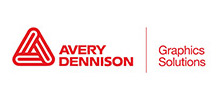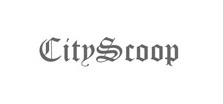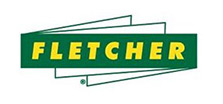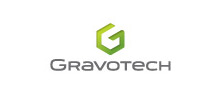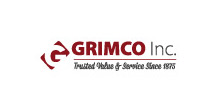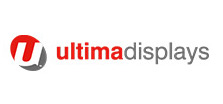The Evolution of Business Signs
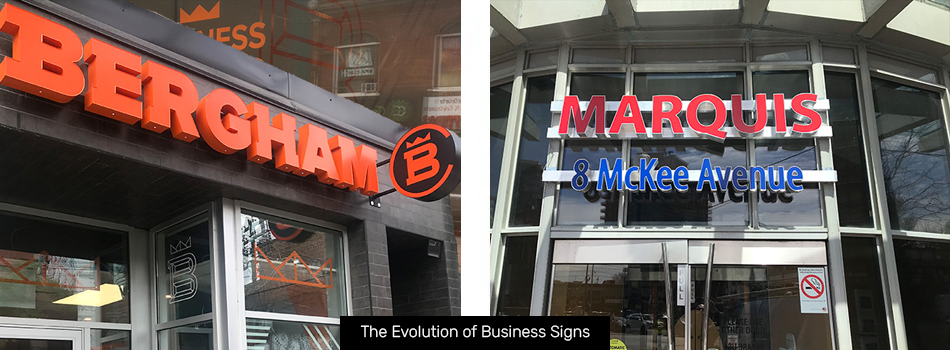
In today’s digital age, business signs continue to play a crucial role in the visibility and identity of businesses. Despite the surge of online marketing, the unique and enduring value of physical signage remains evident. Business signs have evolved from basic markers to sophisticated tools that blend creativity with strategic marketing principles, capturing attention and conveying messages effectively.
The Art and Science of Signage
Creating effective business signs involves both artistry and scientific understanding of marketing. It’s about designing visually appealing signs that also strategically communicate the intended message. This blend of creativity and strategy helps in capturing attention, making a memorable impression, and guiding potential customers. The best signs are those that balance aesthetic appeal with clear, concise messaging.
Beyond Functionality: Signs as Brand Ambassadors
Business signs go beyond mere functionality. They serve as brand ambassadors, embodying the ethos and aesthetic of a brand. Custom business signs are integral to a brand’s identity, helping to create a distinct image that resonates with customers. They reflect the brand’s values, culture, and uniqueness, making a lasting impression and reinforcing brand recognition.
The Evolution of Business Signs
The history of business signs is rich and varied, marked by significant shifts in design trends, technology, and materials. From the early days of hand-painted signs to the neon lights that dominated the 20th century, and now to the digital displays of today, signage has continually adapted to meet the changing needs and tastes of businesses and consumers. These changes reflect broader trends in technology and design, showcasing the innovative spirit of the signage business.
Early Beginnings: Painted and Carved Signs
In ancient times, businesses used hand-painted and carved signs to communicate their trade and attract customers. These early signs were often simple and functional, featuring basic images or symbols to indicate the type of service or product offered. For instance, a blacksmith might use an image of an anvil, while a baker might display a loaf of bread.
The Rise of Printed Signs
The invention of the printing press in the 15th century marked a significant turning point in the evolution of business signs. Printed signs became more common, allowing for more detailed and consistent designs. This era saw the introduction of posters and billboards, which could be mass-produced and widely distributed.
The Neon Revolution
The early 20th century brought another major shift with the advent of neon signs. Invented by Georges Claude in 1910, neon signs quickly became popular for their bright, eye-catching glow. They were particularly prevalent in urban areas, where businesses used them to stand out in the bustling cityscape. Neon signs were not only functional but also became an art form, with intricate designs and animations that captivated audiences.
Modern Materials and Techniques
In the latter half of the 20th century, advances in materials and manufacturing techniques led to the development of more durable and versatile signage. Plastics, vinyl, and other synthetic materials allowed for greater flexibility in design and increased durability. This period also saw the rise of illuminated signs using fluorescent and LED lighting, which provided energy-efficient and long-lasting alternatives to neon.
The Digital Age
Today, the digital revolution has transformed the signage industry once again. Digital signs, including LED displays and digital billboards, offer dynamic and interactive ways to engage customers. These signs can be easily updated with new content, making them ideal for businesses that need to communicate frequently changing information. Digital signage also integrates with other technologies, such as QR codes and mobile apps, to provide a seamless customer experience.
Sustainable Signage
As environmental concerns become increasingly important, the signage industry has responded with sustainable solutions. Eco-friendly materials, energy-efficient lighting, and recycling programs are now integral parts of the business signage landscape. This shift not only helps reduce environmental impact but also appeals to consumers who prioritize sustainability.
Outdoor Business Signs: Commanding the Urban Landscape
Outdoor business signs are particularly significant as they command the urban landscape, influencing foot traffic and serving as key components of a business’s external communication strategy. Effective outdoor signage can draw in passersby, convey essential information, and enhance the overall visibility of a business. These signs need to be durable, weather-resistant, and designed to stand out in a bustling environment.
Customization at the Core
Customization is at the heart of creating effective business signs. Custom signs reflect the individuality of a business, helping it stand out from the competition. Personalized designs can capture the essence of a brand, convey its unique selling points, and resonate more deeply with its target audience. The ability to customize signs ensures that each business can create a distinctive and memorable visual identity.
FAQs About Business Signs
How do I choose the right type of sign for my business?
Choosing the right sign depends on several factors including location, business type, and brand personality. For instance, a retail store might benefit from a large, eye-catching outdoor sign, while an office might require more subtle and professional indoor signage.
What are the latest trends in business sign design?
Current trends include digital integration, minimalist designs, and the use of eco-friendly materials. Digital signs offer flexibility and dynamic content, minimalist designs provide a clean and modern look, and eco-friendly materials appeal to environmentally conscious consumers.
Can digital signs be customized as easily as traditional signs?
Yes, digital signs offer great flexibility in terms of content and design updates. They can be easily customized to display different messages at different times, making them a versatile choice for many businesses.
The Sign & Graphics Manufaktur is Your Top Choice for Business Signs
The evolution of business signs reflects their enduring importance in the business landscape. From traditional hand-painted signs to modern digital displays, they have continually adapted to meet changing needs and preferences. Business signs are more than just marketing tools; they are integral components of brand storytelling, helping to create a memorable and impactful brand presence. For businesses looking to create effective and customized signage, The Sign & Graphics Manufaktur offers innovative solutions that combine quality, creativity, and strategic communication. Contact us today to discover how we can help enhance your brand with custom business signs.
Back





